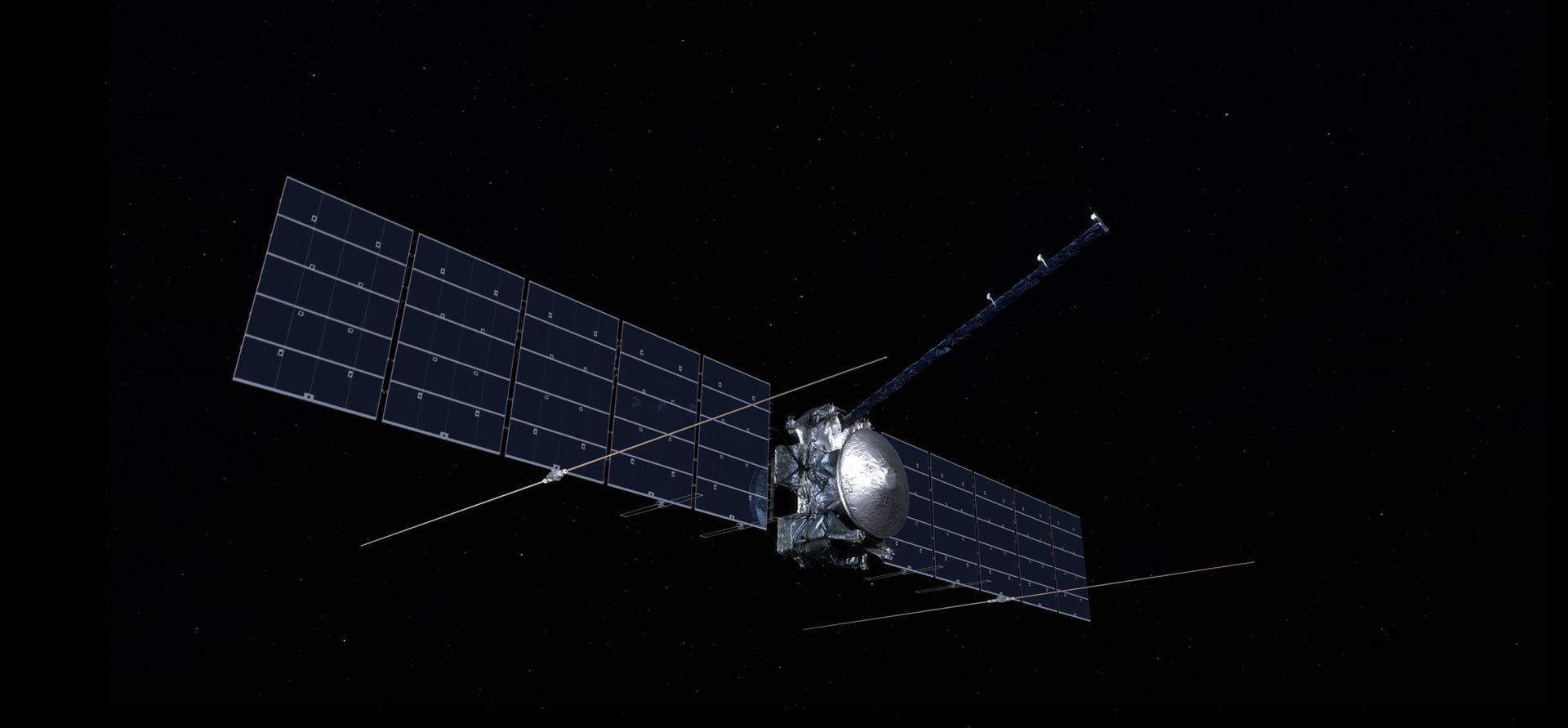
NASA's Europa Clipper, the largest interplanetary probe, tested its radar during a Mars flyby. The results show the kind of detailed imagery the probe will capture once it arrives at Jupiter’s moon Europa.
Continue reading
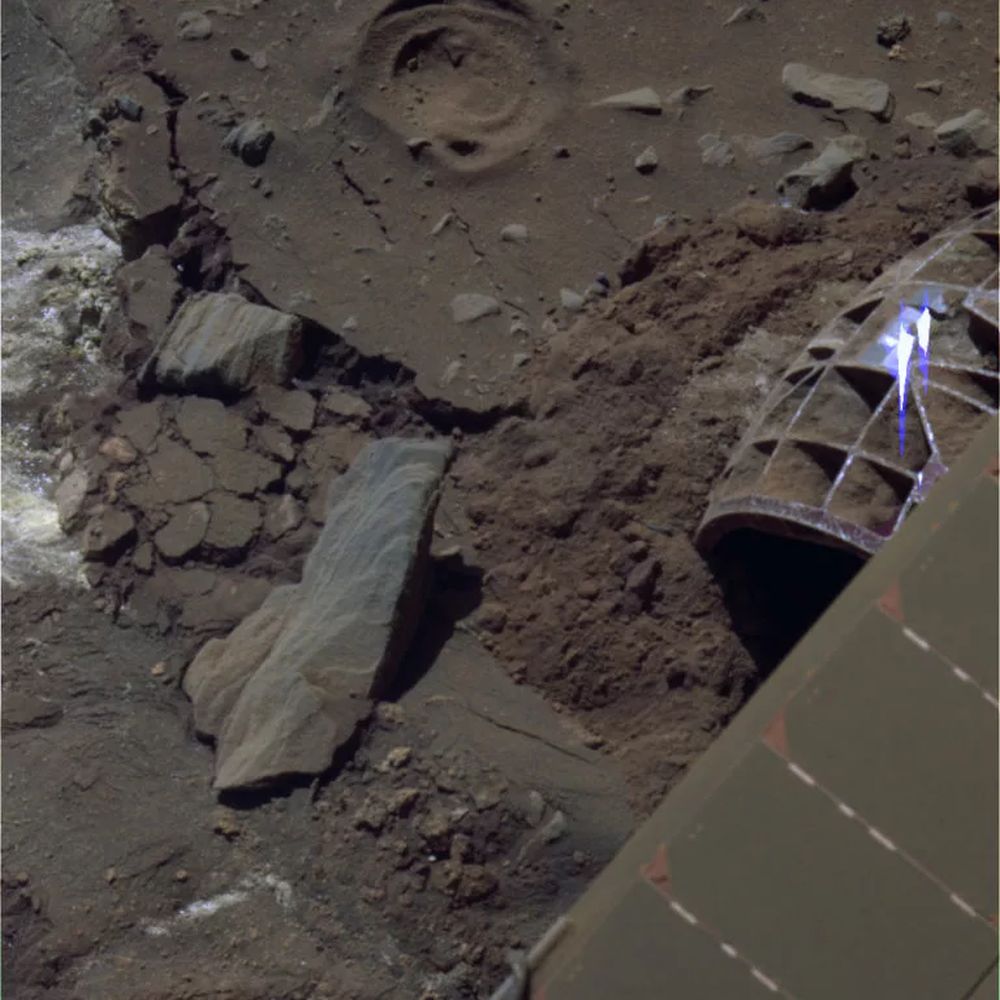
Engineers at the University of Wisconsin-Madison uncovered a critical flaw in how lunar and Martian rovers are tested on Earth. Simulations revealed that test results have been misleading for decades because researchers only adjusted rover weight to simulate low gravity—but ignored how Earth’s gravity affects the terrain itself. Using a powerful simulation tool called Chrono, the team showed that sandy surfaces behave very differently on the Moon, where they’re fluffier and less supportive.
Continue reading
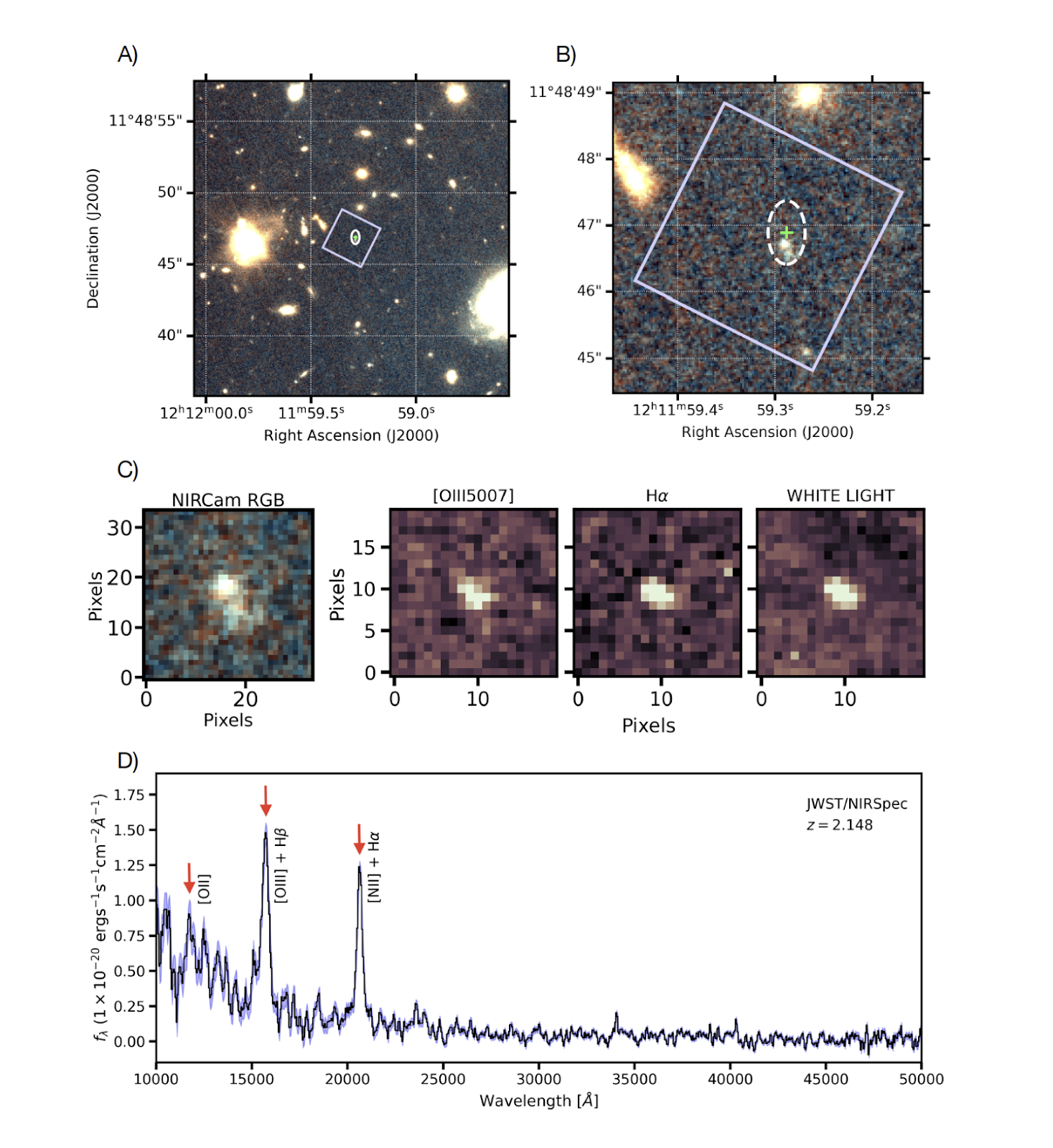
Astronomers have detected a fast radio burst (FRB) from when the Universe was just 3 billion years old, a remarkable achievement that opens new windows into the early universe and the mysterious phenomena that shaped it.
Continue reading
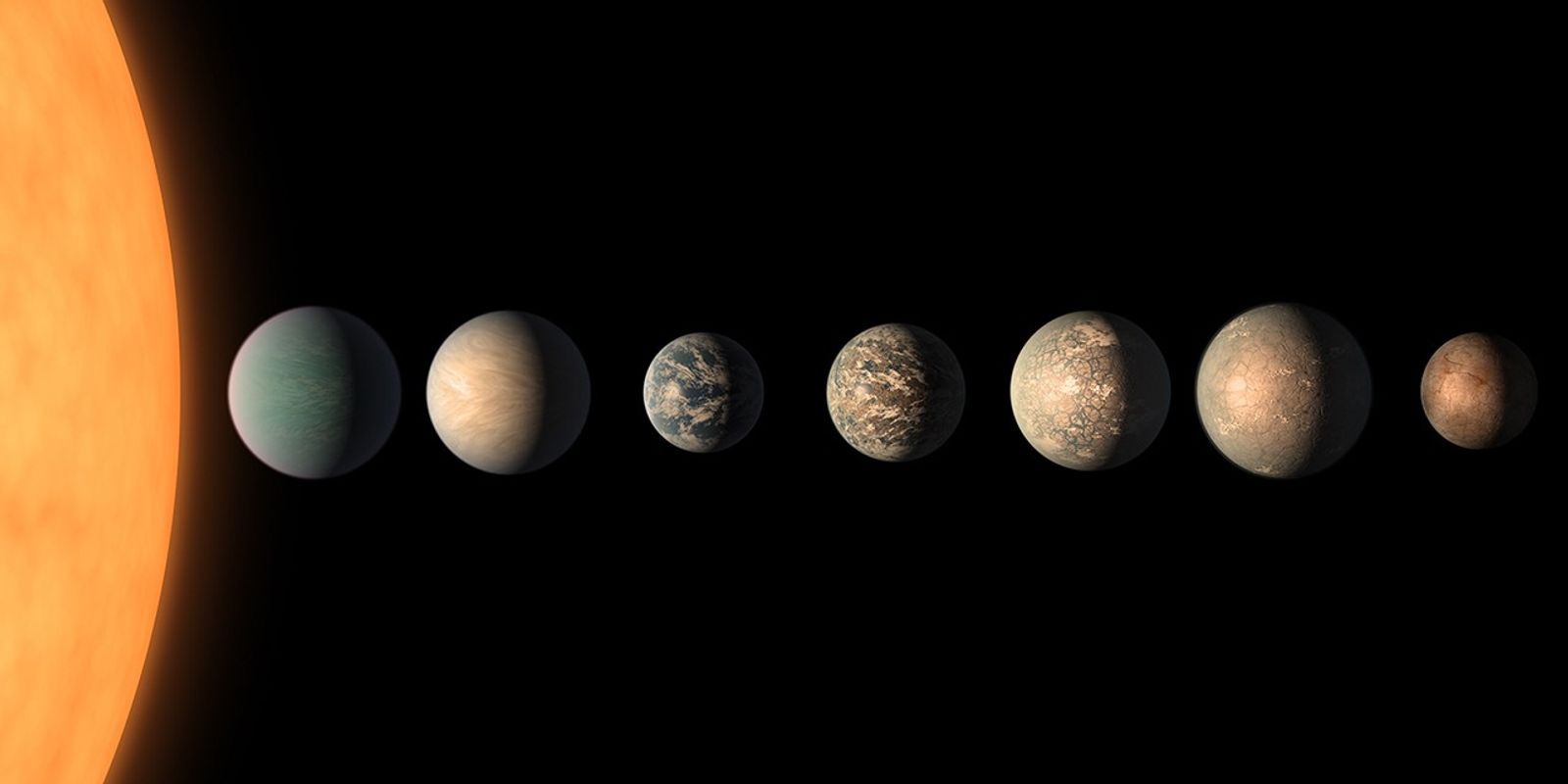
A team of astronomers using the James Webb Space Telescope have achieved a breakthrough in understanding TRAPPIST-1, the famous red dwarf star hosting seven Earth sized planets. By analysing stellar flares, the team discovered that flares cause dark magnetic features on the star's surface to disappear, creating persistent brightening effects. This represents the first-ever measurement of magnetic feature spectra on an M8 dwarf star.
Continue reading
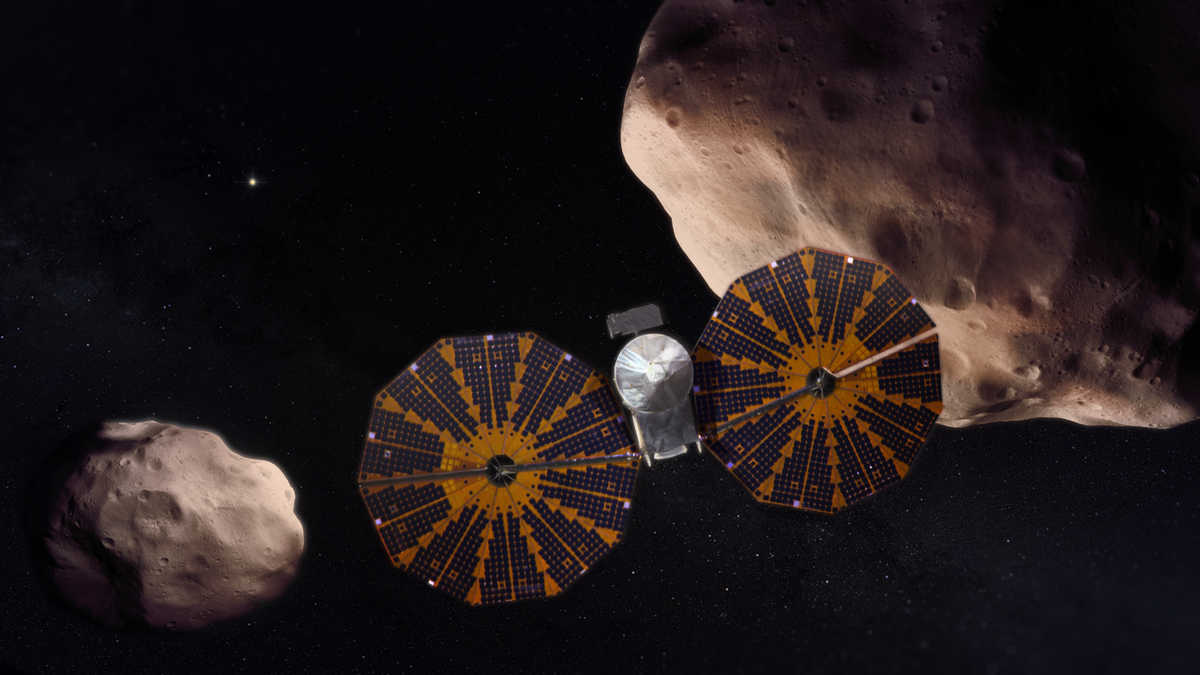
Lucy is already well on its way to Jupiter’s Trojan asteroids. But that doesn't mean that it can’t make some improvements to its trajectory along the way. A new paper suggests it might be possible to nudge Lucy into a slightly different orbit, allowing it to pass an as-yet-undiscovered asteroid sometime during its exploration of the L5 cloud of Trojan around Jupiter. If completed, it could lend an entirely new research target to Lucy’s repertoire and further define the differences between the two Trojan clouds.
Continue reading
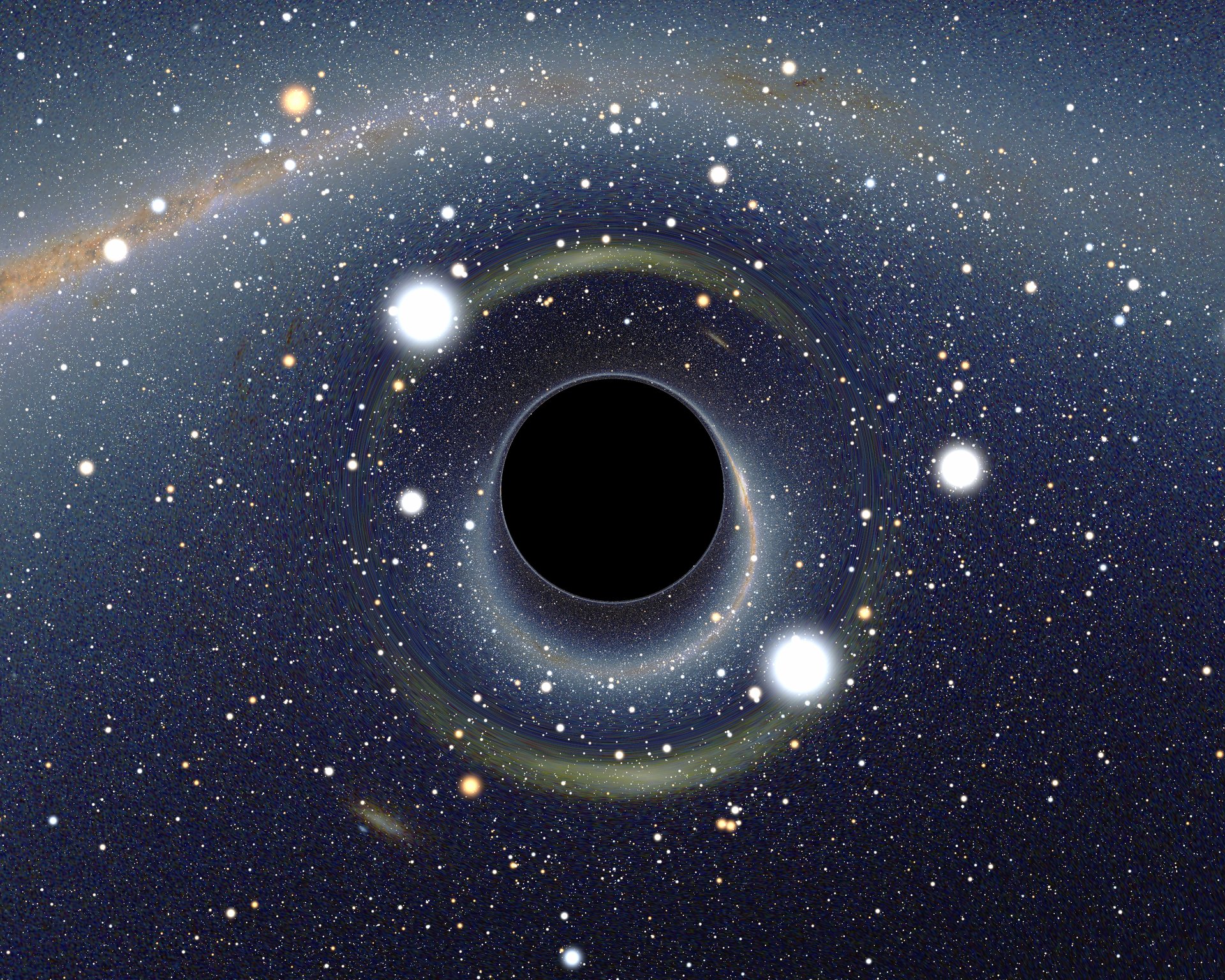
What if we could send a probe smaller than a paperclip, yes a paperclip to visit a black hole? It sounds impossible, but one scientist believes this extraordinary mission could become reality within our lifetimes. Astrophysicist Cosimo Bambi has outlined a bold plan to launch microscopic spacecraft toward the nearest black hole, potentially revolutionising our understanding of physics and Einstein's theory of general relativity. While the technology doesn't exist today and would cost trillions, within the next 20-30 years it could become a reality!
Continue reading
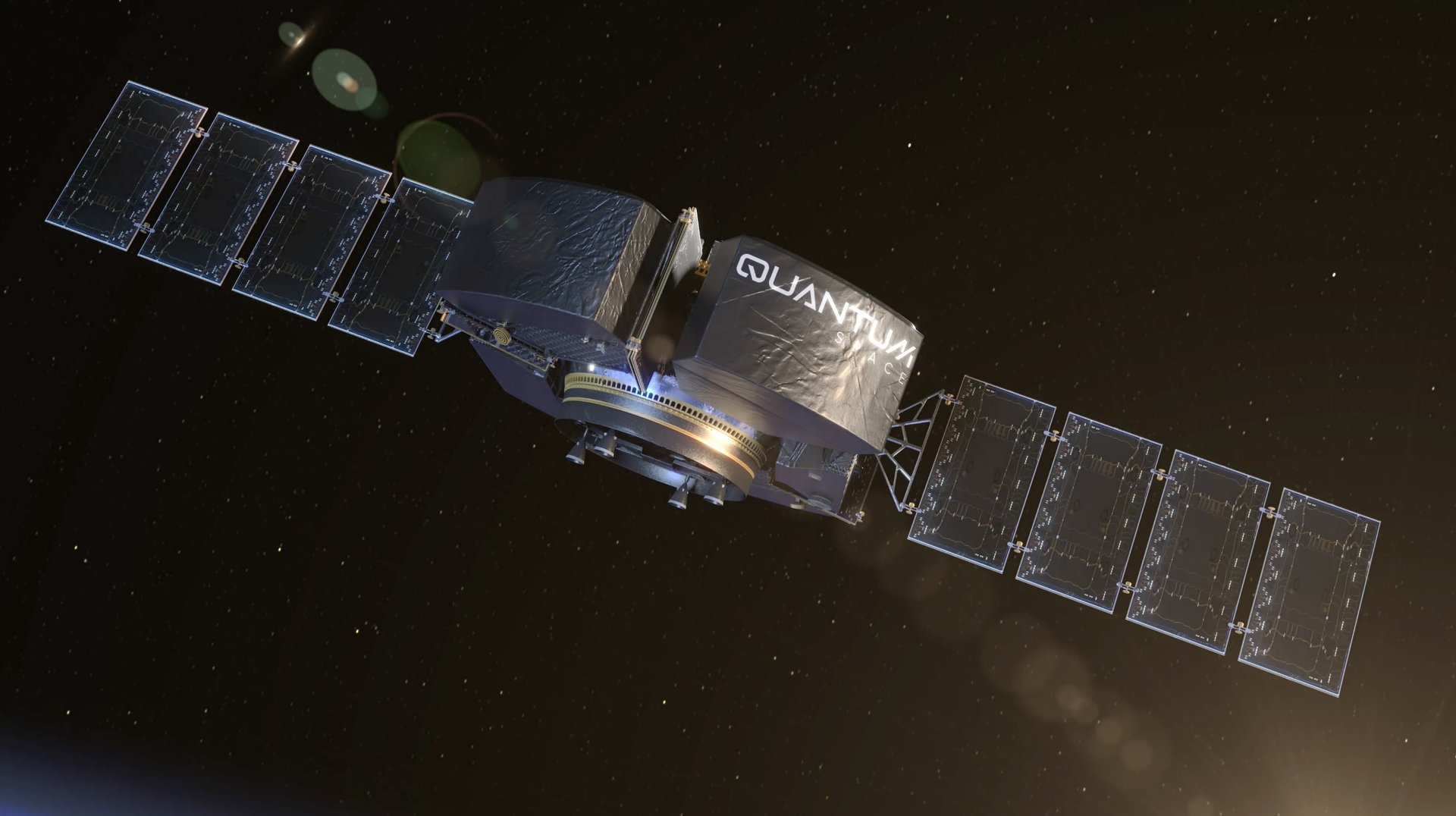
NASA has selected six companies to produce studies focused on lower-cost ways to launch and deliver spacecraft of various sizes and forms to multiple, difficult-to-reach orbits. The firm-fixed-price awards comprise nine studies with a maximum total value of approximately $1.4 million.
Continue reading
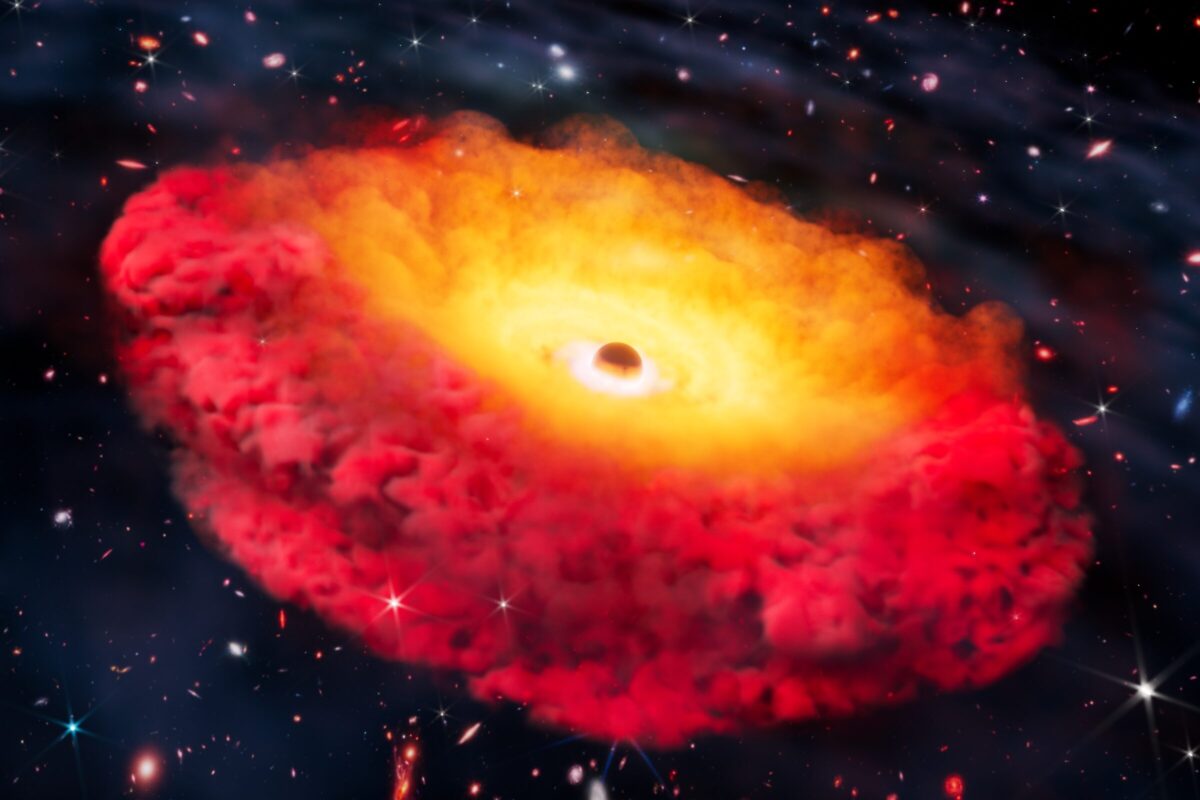
An international team of astronomers led by The University of Texas at Austin’s Cosmic Frontier Center has confirmed the most distant black hole ever observed. Located at the center of the galaxy CAPERS-LRD-z9, this black hole existed 13.3 billion years ago, just 500 million years after the Big Bang. As such, it provides a unique opportunity to study the structure and evolution of the period known as "Cosmic Dawn."
Continue reading
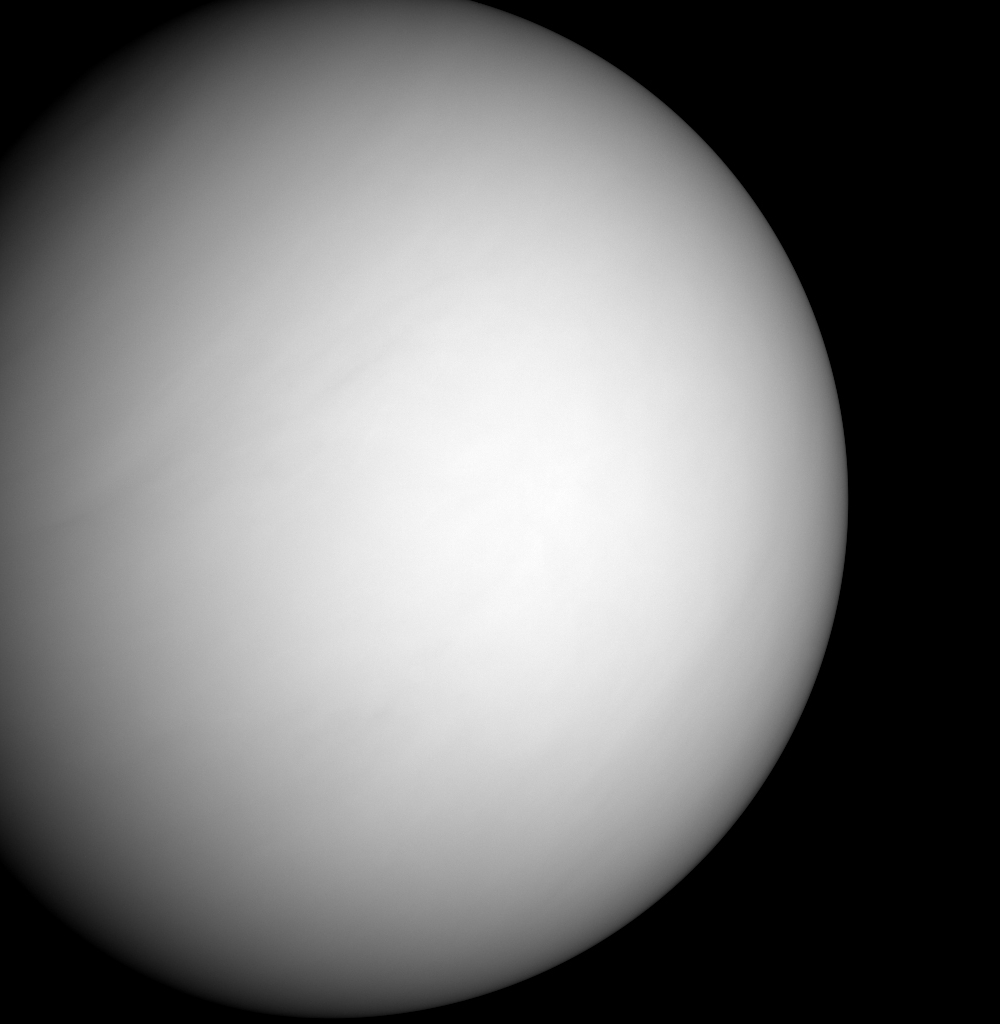
Venus, often called Earth's twin, remains one of the most mysterious planets in our Solar System. While it's similar in size to Earth, Venus spins incredibly slowly and backwards compared to other planets. It also lacks a moon, unlike Earth and Mars. Now, new research explores whether a massive asteroid impact in Venus's early history could explain these puzzling characteristics.
Continue reading
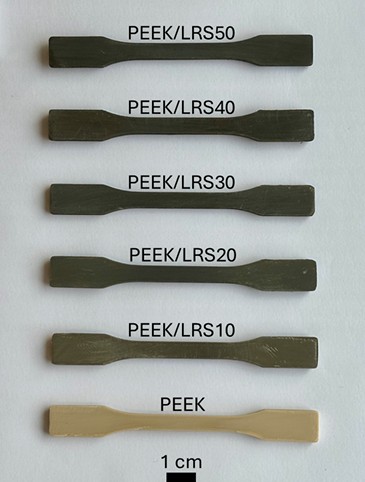
3D printing is going to be a critical technology in space exploration, both for its ability to create almost any object, but also because it can utilize in-situ resources, at least in part. However, the more of those space resources are used in a print, the more the mechanical properties change from that on Earth, leading to problems with tensile or compressive strength. But a new paper from researchers at Concordia University hit a new milestone of how much lunar regolith can be used in a mixed feedstock for additive manufacturing, making it possible to use even more locally sourced material, and saving more launch cost, than ever before.
Continue reading
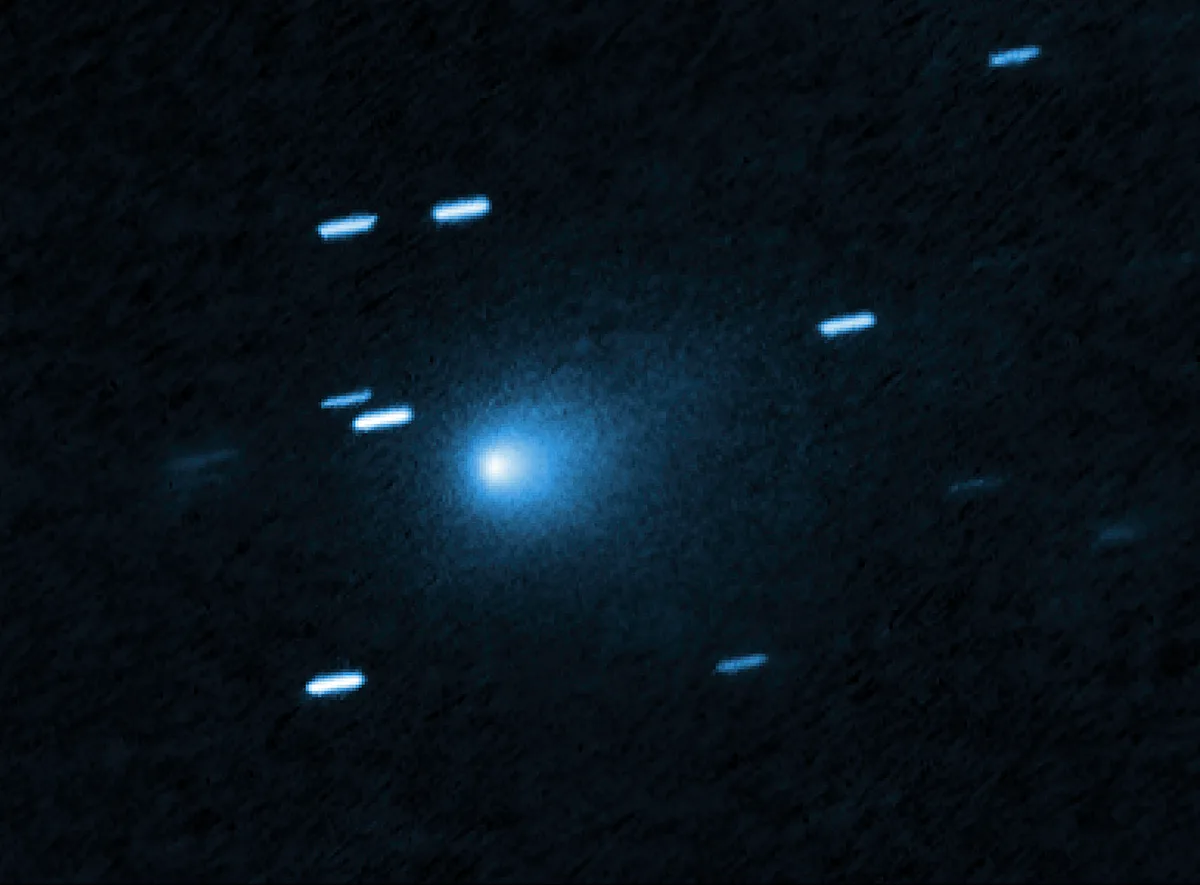
A mysterious visitor from another star system is putting on a spectacular show as it streaks through our Solar System, shedding tons of ancient dust and revealing secrets from the depths of interstellar space. Using the Hubble Space Telescope, a team of astronomers have captured unprecedented details of 3I/ATLAS—only the third confirmed object from beyond our Solar System as it awakens under our Sun's warmth, offering a rare glimpse into alien worlds billions of kilometres away.
Continue reading
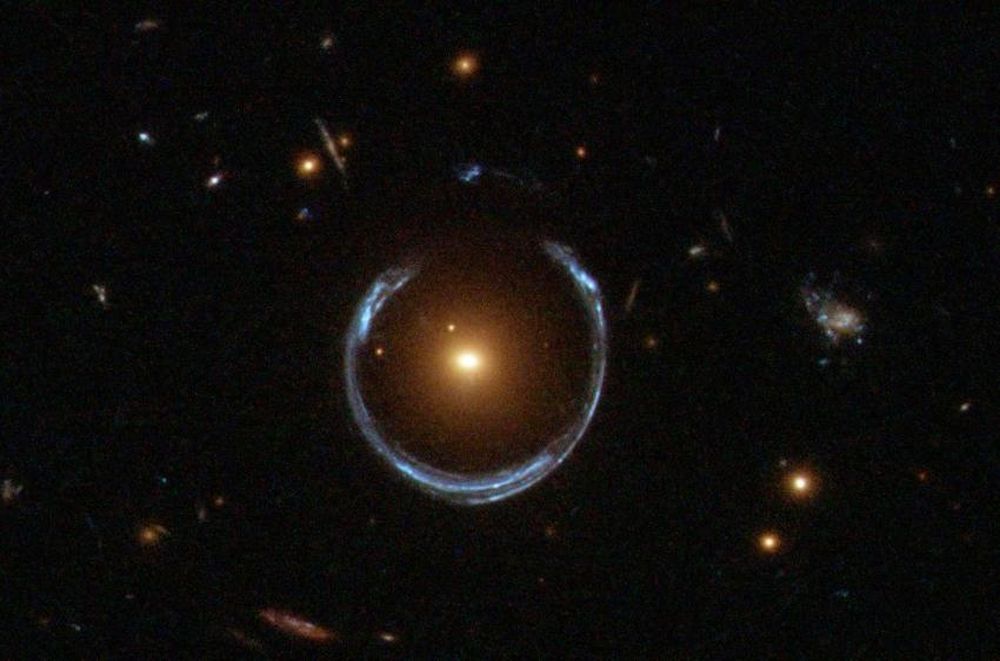
Astronomers from Brazil and the UK have detected what could be the most massive black hole ever found. It's about 36 billion solar masses, which is a stunning 10,000 times more massive than Sagittarius A*, the monstrous supermassive black hole at the heart of the Milky Way. This behemoth is about 5 billion light-years away.
Continue reading
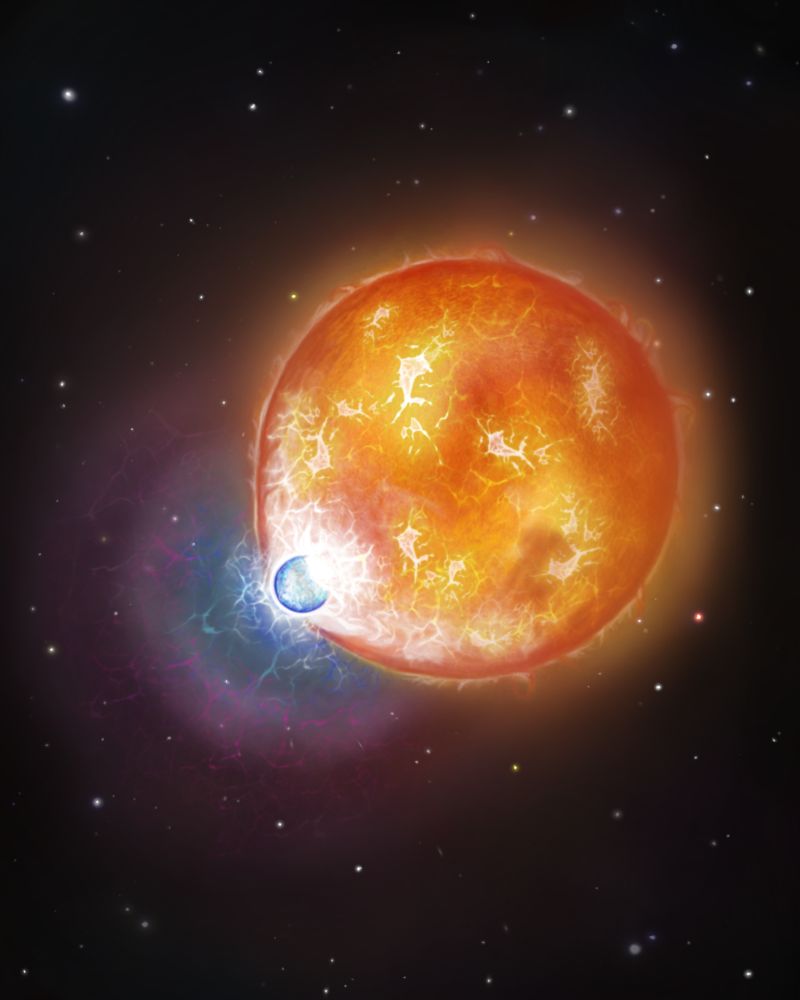
White dwarfs are the stellar remnants left behind by stars after they run out of hydrogen and cease fusion. Only a small number of them are "high-mass white dwarfs" more massive than the Sun. New research indicates that these massive white dwarfs are the result of mergers.
Continue reading
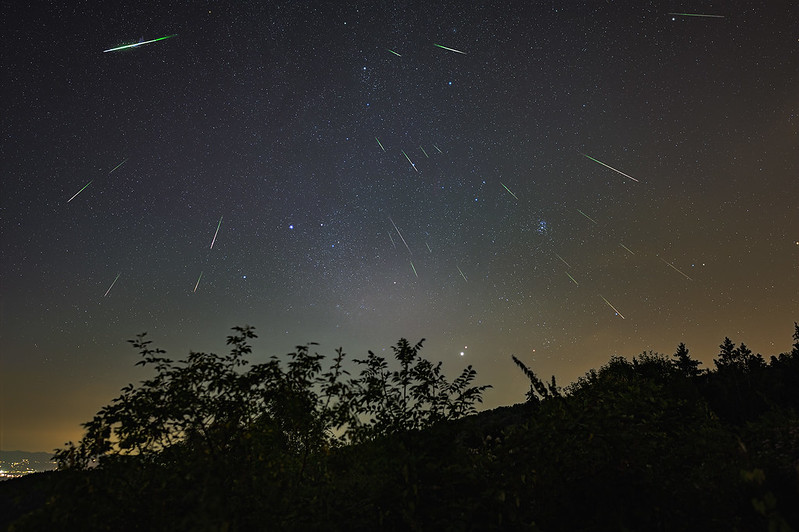
It’s that time of year once again. August sees warm nights, with late summer campers out awaiting that ‘Old Faithful’ of annual meteor showers: the August Perseids. While 2025 also sees the shower peaking right around Full Moon, don’t despair; with a little bit of planning and patience, you can still catch this shower at its best.
Continue reading
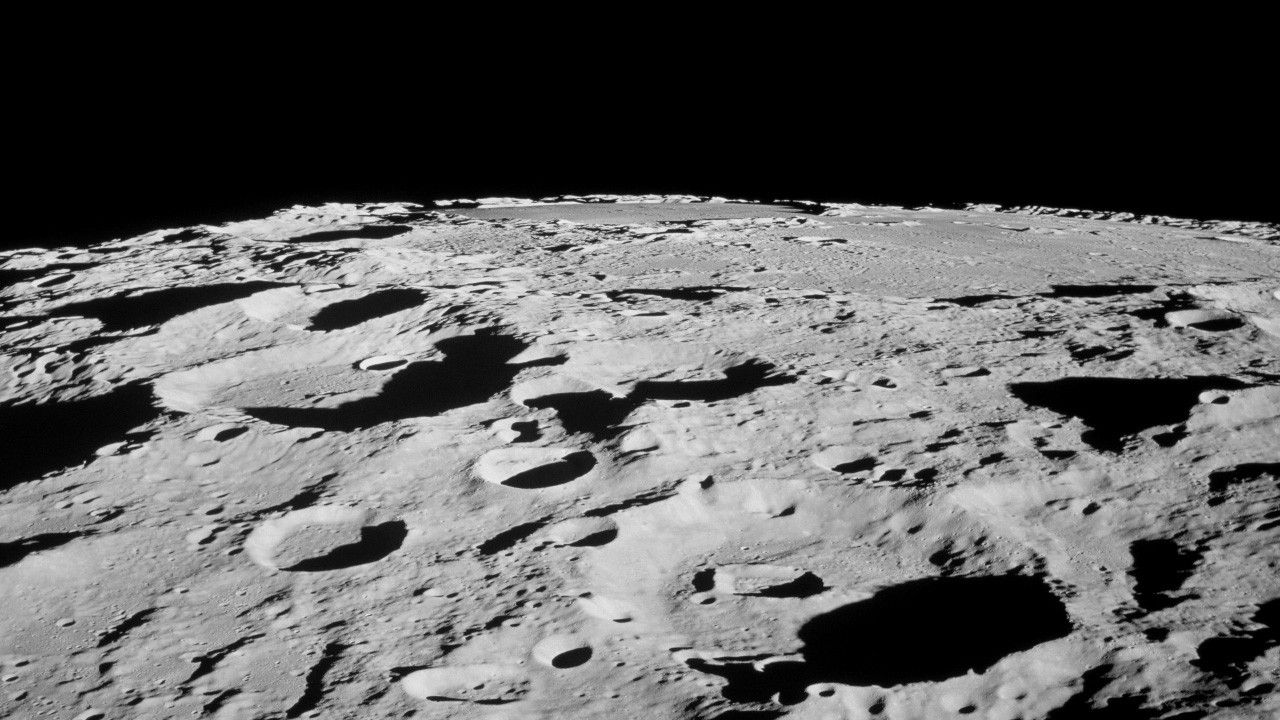
The resources tucked away in asteroids promise to provide the building blocks of humanity’s expansion into space. However, accessing those resources can prove tricky. There’s the engineering challenge of landing a spacecraft on one of the low-gravity targets and essentially dismantling it while still remaining attached to it. But there’s also a challenge in finding ones that make economic sense to do that to, both in terms of the amount of material they contain as well as the ease of getting to them from Earth. A much easier solution might be right under our noses, according to a new paper from Jayanth Chennamangalam and his co-authors - mine the remnants of asteroids that hit the Moon.
Continue reading
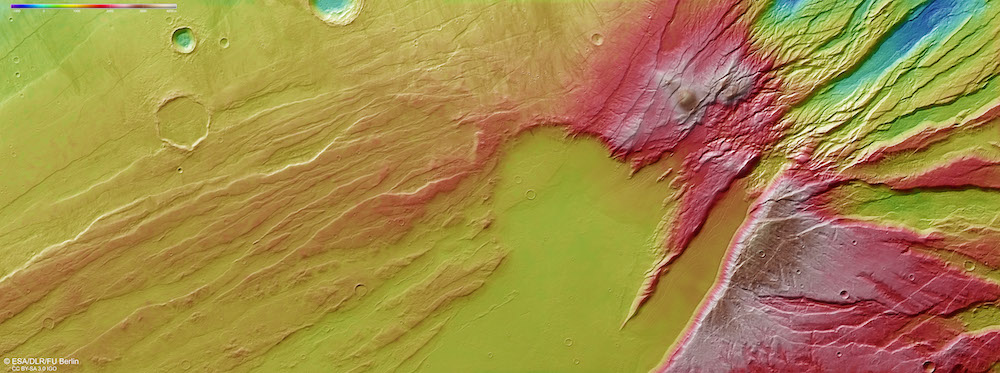
Deep cracks stretching hundreds of kilometers across the Martian surface might look like simple scars from ancient impacts, but they're actually windows into a surprisingly dynamic planetary history. New images from Europe's Mars Express spacecraft reveal how these valleys, filled with slow moving rivers of ice and rock, have preserved evidence of climate swings far more extreme than anything Earth has experienced. The story written in these Martian fractures challenges our view of the red planet.
Continue reading

‘Float rocks,’ sand ripples, and vast distances are among the sights to see in the latest high-resolution panorama by NASA's Perseverance rover, taken on a particularly clear day.
Continue reading
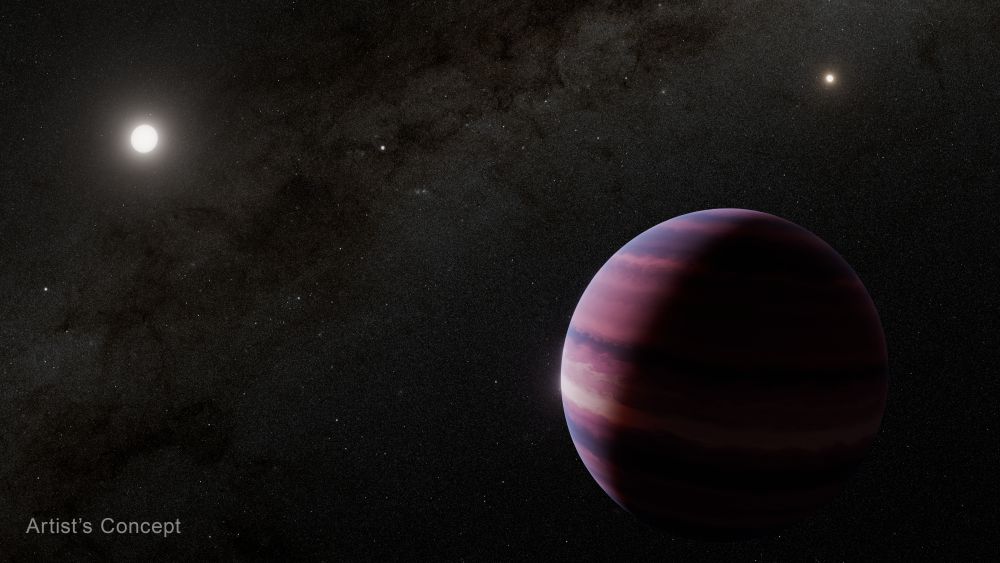
Astronomers using the NASA/ESA/CSA James Webb Space Telescope have found strong evidence of a giant planet orbiting a star in the stellar system closest to our own Sun. At just 4 light-years away from Earth, the Alpha Centauri triple star system has long been a compelling target in the search for worlds beyond our solar system.
Continue reading
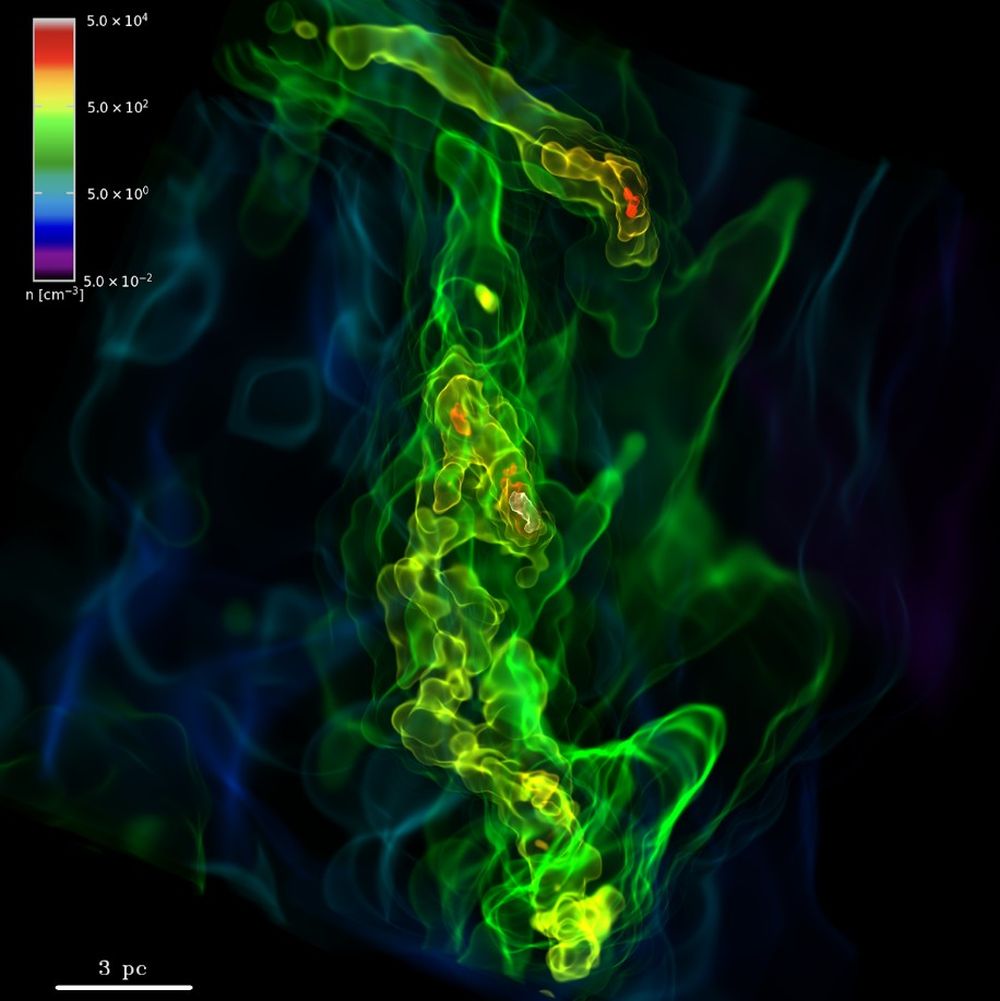
What was the Universe like before the first stars formed? Dark, obviously. But there must have been some level of activity in the gas clouds that preceded the first stars. New research shows that these primordial clouds were turbulent, clumpy, and supersonic.
Continue reading
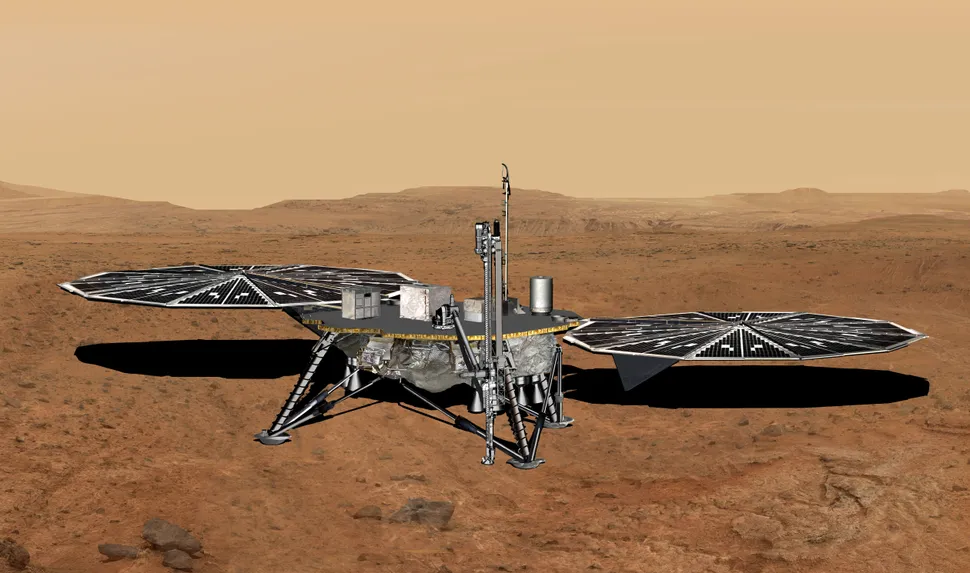
Searching for life on Mars has been an explicit goal of the astrobiological community for decades. However, they have not really had the resources to effectively do so, and they might be running out of time. Crewed missions to Mars are planned for as little as 15 years from now (though those timelines might be changing…again), and by the time that happens it may be too late to separate Martian life from unintentionally transplanted Earth-life. According to a group of researchers from the Agnostic Life Finding Association, there is one final chance to detect Martian life before it is irreversibly contaminated - the Mars Life Explorer (MLE). But to do its job properly, it’s going to need an upgrade.
Continue reading
 Universe Today
Universe Today


















